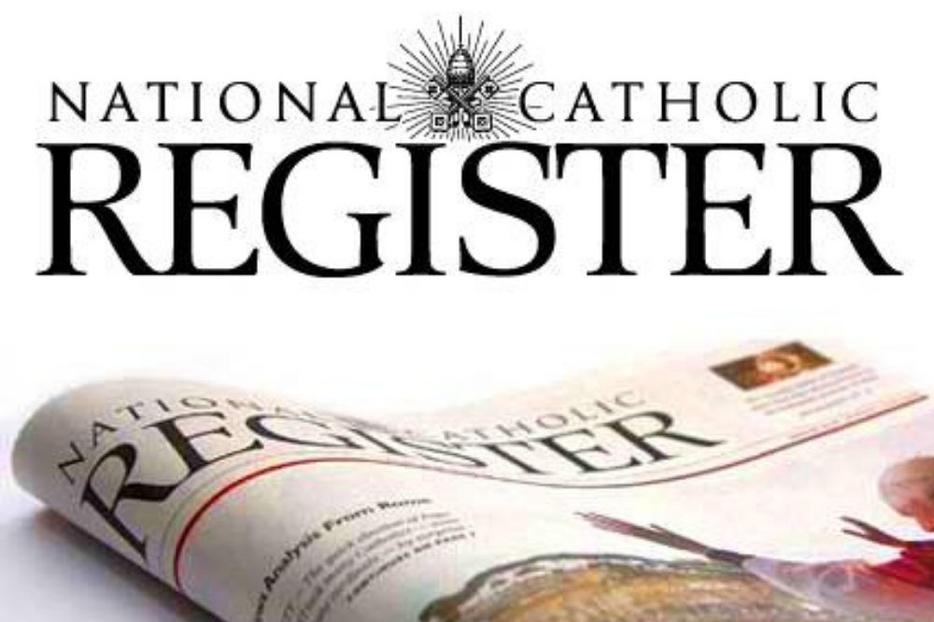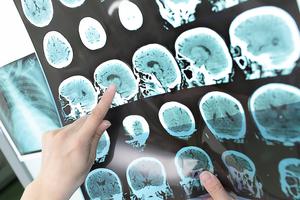7 Points on Brain Death
Letters 05.08.22

Regarding “What Every Catholic Should Really Know About Brain Death” (NCRegister.com, March 28, and In Depth, May 8 issue) by Bishop Michael Olson and Jason Eberl, the following is my response.
1. The Pontifical Academy of Sciences (PAS) is a consultative body to the Holy See with no magisterial authority. Its pronouncements merely reflect the opinions of scholars invited by the PAS. In 2006, it invited only pro-brain death (BD) scholars, thereby achieving the desired result, the affirmation of the BD criterion.
2. The number of individuals declared brain dead who continued to survive is small solely because, after the declaration of BD, patients are removed from life support or undergo organ harvesting. That BD is death is a self-fulfilling prophecy.
3. Declared brain dead by three different neurologists in December 2013, Jahi McMath began menstruating by October 2014. All four expert neurologists (including Drs. Machado and Shewmon) who reviewed Jahi’s subsequent clinical and laboratory data, stated that Jahi could no longer be considered brain dead. If BD is death, how does one explain that a corpse returns to life and menstruates months later?
4. To claim that the ventilator makes the brain-dead body appear alive contradicts the principle of proportionate causality — whatever is present in an effect must also be in some way in its cause. The ventilator can only deliver air into the lungs. It is not involved in the exchange of oxygen-carbon dioxide in the lungs, nor in any other life processes of the body. Any life-support device can only work if there is still life in the patient. Would connecting the ventilator to a gray/cold corpse make it appear alive?
5. As E. Christian Brugger indicated in his article “Are Brain Dead Individuals Dead? Grounds for Reasonable Doubt,” there are “outstanding questions for Condic’s heuristic” of coordination. In particular, based on which medical signs “can we distinguish between coordinated and integrated systems?
What is the scientific evidence to indicate that, under in vivo conditions, coordination and integration are separable activities?
6. According to Thomistic/Catholic anthropology, the human brain cannot be the material condition for the soul to inform the body because the soul is the form of the body, and substantially united to the body. “Nothing stands between matter and form” (Aquinas). This means that the soul directly informs the body and does not need the mediation of some organ.
7. At the 2006 working group, Wijdicks (a pro-BD scholar) freely admitted that “the diagnosis of BD is driven by whether there is a transplantation program or whether there are transplantation surgeons. BD examination would not have much of any meaning if it were not for the sake of transplantation.” The inherent connection between BD and organ donation already existed in the drafts of the Harvard report that introduced BD into the clinical practice in 1968. One reads in the penultimate draft:
“With increased experience and knowledge and development in the field of transplantation, there is great need for the tissues and organs of the hopelessly comatose.”
Doyen Nguyen
Vancouver, Washington
Editor’s note: Doyen Nguyen is a semiretired academic physician, lay Dominican, moral theologian and bioethicist with a special focus on brain death, a topic discussed in great length in her 600-page monograph The New Definitions of Death for Organ Donation. A Multidisciplinary Analysis From the Perspective of Christian Ethics (2018).
- Keywords:
- letters to the editor
















